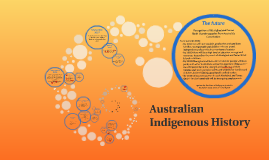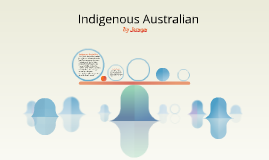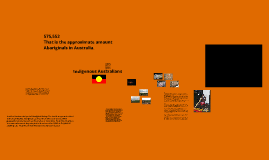Indigenous Australian
Transcript: THE FINAL OUTCOME -Freedom Rides and Moree Swimming Pool stand -1967 Referendum In the lead up to the referendum Perkins was manager of the Foundation for Aboriginal Affairs, an organization that took a key role in advocating a Yes vote -1969 began career as public servant as Senior Research Officer with the Office of Aboriginal Affairs -In 1981 he was appointed Permanent Secretary of the Department of Aboriginal Affairs, the first Aboriginal to become a permanent head of a federal government department. -1981-84 Served as Chairman of the Aboriginal Development Commission -1989 became Chair of the Arrernte Council of Central Australia. -1993 elected commissioner of the Aboriginal and Torres Strait Islander Commission for an area of the central Northern Territory. -1994 elected Deputy Chairperson of ATSIC. Vote Yes Jingle, by Peter Best. Vote yes for Aborigines, they want to be Australians too, Vote yes and give them rights and freedoms just like me and you, Vote yes for Aborigines. Vote yes for Aborigines, all parties say they think you should, Vote yes and show the world the true Australian brotherhood Vote yes for Aborigines. Voiceover: Make Aborigines Australians in every sense of the word. Write YES in the bottom square of your ballot paper. REPEAT (Organised by the Aboriginal Australian Fellowship, this jingle was produced for radio throughout Australia.) We are going to Freedom, by Gary Shearston We are going, we are going, we are going to freedom x2 Homes and land, homes and land, homes and land in freedom Lend your hand, lend your hand, lend your hand in freedom We are going, we are going, we are going to freedom x2 Equal pay, equal pay, equal pay in freedom Equal say, equal say, equal say in freedom We are going, we are going, we are going to freedom x2 Equal rights, equal rights, equal rights in freedom Together unite, together unite, together unite in freedom We are going, we are going, we are going to freedom x2 Children run, children run, children run in freedom The time has come, the time has come, the time has come for freedom We are going, we are going, we are going, we are going to freedom We are going, we are going, we are going to freedom Aboriginal Australians could now vote in federal elections if they wanted to. WA gave Aboriginals the right for state vote the same year. Queensland followed, giving them rights in 1965. THE OUTCOME Bark Petition for land rights by the Yirrkala People, NT Charles Perkins In March 1962, the Menzies Liberal and country part government finally gave the right to vote to all Aboriginal people. -Best known for her leadership in the campaign for the 1967 referendum on Aboriginal Australians. - In 1956, Bandler became a full-time activist, becoming involved in the Aboriginal-Australian Fellowship and the Federal Council for the Advancement of Aboriginal and Torres Strait Islanders (FCAATSI), which was formed in 1957. During this period, Bandler worked with her mentors Pearl Gibbs and Jessie Street. As general secretary of FCAATSI, Bandler led the campaign for a constitutional referendum to remove discriminatory provisions from the Constitution of Australia. THE ROOT 1965 THE ROOT "The land in question has been hunting and food gathering land for the Yirrkala tribes from time immemorial!...These places sacred to the Yirrkala People, as well as vital to their livelihood, are in the excised land." - During the 1960s he was spokesperson for the Federal Council for the Advancement of Aborigines and Torres Strait Islanders. - In 1970 Dixon helped established Australia's first Aboriginal Legal Service in Redfern; he co-founded the Tent Embassy in Canberra in 1972. - He was the first Aboriginal person to be appointed as a Councillor on the Australia Council and is a former Chairman of the Council's Aboriginal Arts Board. In 1983 Dixon was named the first Aboriginal of the Year. Freedom Rides 1965 THE ROOT THE OUTCOME In August 1966, Aboriginal pastoral workers walked off the job on the vast Vesteys' cattle station at Wave Hill in the Northern Territory. At first they expressed their unhappiness with their poor working conditions and disrespectful treatment. Conversations between stockmen who had worked for Vesteys and Dexter Daniels, the North Australian Workers' Union Aboriginal organiser, led to the initial walk off. All these events, the Bark Petition, Freedom Rides in NSW, and the Wave Hill Walk-Off meant that PM Sir Harold Holt was compelled to redress the ‘White Australia’ policy. With the mounting public support and pressure for a referendum, Prime Minister Holt finally gave it to Australians to vote on. An overwhelming 90.7% voted ‘yes’! The Referendum was a fantastic win for the Aboriginal movement for equality. This win gave citizenship, which meant Aboriginal people were able to move around freely, have a choice in governments and finally have policy made by the Commonwealth government, which would mean the same laws, instead of different ones depending on

















